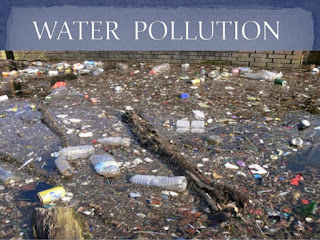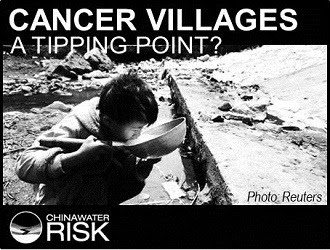Contraceptives: The Hidden Environmental Pollutants In Water Pollution
 |
Hormonal Contraception: The Hidden Environmental Pollutant - Symptopro - SymptoPro Blog: "There are many options for oral contraception currently out on the market and most are a combination of synthetic estrogen and progestin, with only a few progestin-only pills available for use. The woman’s body only uses a small portion of the hormone and the majority is excreted, where it goes to a waste treatment facility to undergo an ineffective process that only removes a portion of the hormones from sewage. The rest is left to be released out into the environment. Much research has been done on the effect of estrogen on the environment and the main culprit is ethynyl-estradiol, or EE2. Other hormones may be negatively affecting the environment as well; however, scientific research has focused on EE2. So, where can this be found? Try the patches, birth control pill, rings, and various injectables. In other words, the main culprit for the hormonal changes we’re seeing in the environment is one of the most highly used compounds in hormonal birth control.
While hormonal birth control does contribute to pollution in the environment, it isn’t the main culprit. Estrogenic compounds are part of a larger category called endocrine-disruptors. These can negatively impact the hormonal mechanism in humans and animals. These endocrine-disruptors are responsible for the increasing feminization in animals, leading to males having female characteristics. One study found that rainbow trout that had been exposed to EE2 at a dose of 10 parts per billion, which is the same dose that is in contaminated rivers and streams, had a nearly 25-fold increase in the number and frequency of sperm cells containing an abnormal number of chromosomes. This is a big enough change that it decreases egg fertilization, embryo development, and offspring development, much less the outward signs of the fish themselves, who are exhibiting both male and female sex traits. Studies looking into the long-term effects on humans have yet to be done.
Hormonal birth control is only one way that estrogens are polluting our water supplies. Other sources include plastics (from BPA and other similar chemicals), various consumer products, agricultural sources via crop fertilizer that contains estrogens, and livestock, who are given synthetic and natural estrogens to increase milk production. Other pharmaceuticals also contain endocrine-disruptors and, much like hormonal contraception, can end up in our water system.
We’re on the brink of an ecological health crisis that is compounded by both synthetic and natural estrogens. Although birth control pills are not the main or major source of estrogens in water, they do play a part. Our personal choices impact the environment – some for the good and others dangerously. Thinking of all the plastics in our landfills, pharmaceuticals available and used, and how the total sum impacts the environment, each person does make an impact on the world around them. It’s important to be mindful of how we each decide to live and the consequences of those decisions. Choosing to know your body and be in tune with the natural rhythms is one way to walk more gently on the earth and be kind to your body. "
'via Blog this'




Comments
Post a Comment